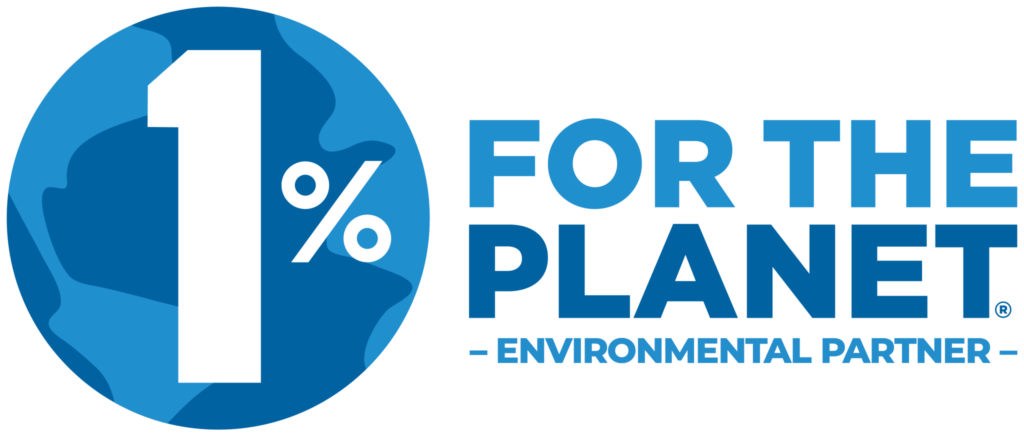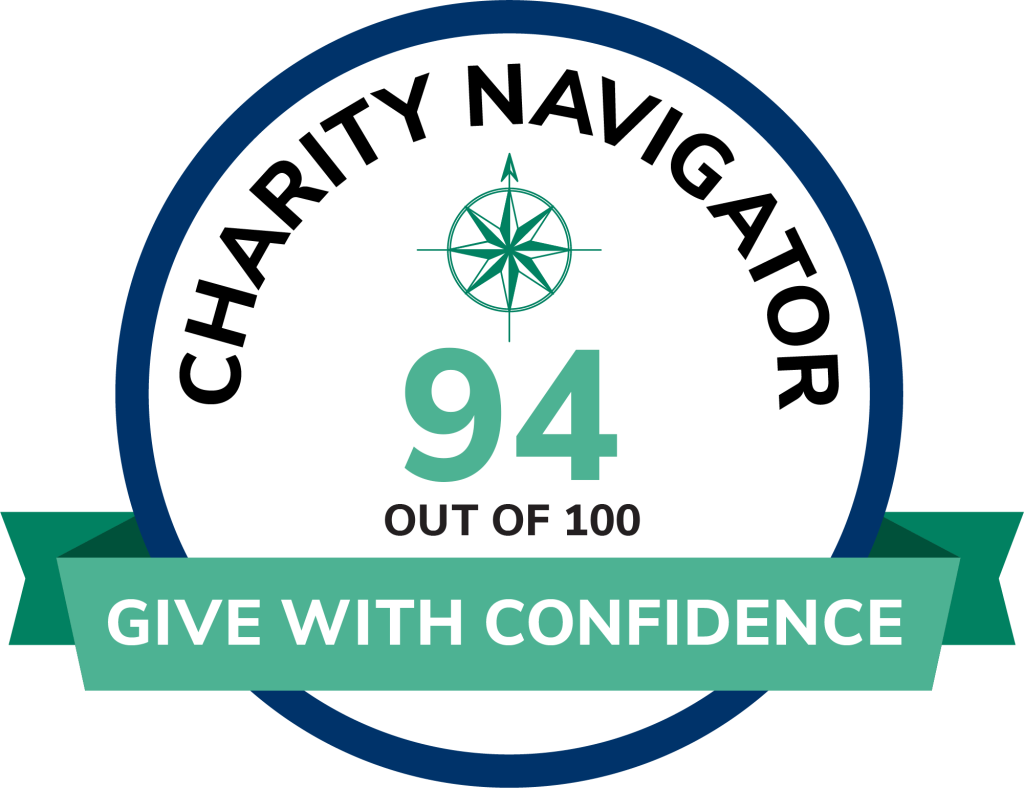Florida Children’s Environmental Health Profile
Did you know 50% of children under 18 in Florida live in counties with unhealthy levels of ozone pollution? Or that 9.1% of children under age 18 had asthma (compared to the National average of 7.7%) in 2018-2019? There are 4.3 million children in Florida, and approximately 20% of them live in poverty. Poverty is an important social determinant of health; poverty hurts children and their families. Children of color and young children are disproportionately poor and experience many issues that lead to adverse health outcomes. All children deserve a safe and healthy environment to grow and develop.
This profile highlights key Florida children’s environmental health indicators, federal support received by the state for environmental health, health equity and climate and health programs, and a spotlight feature in a children’s environmental health-related topical issues.
Continue reading to learn more about environmental hazards, children’s exposures, and children’s health outcomes in Florida, or click the blue button to download the profile as a PDF.
Key Children’s Environmental Health Indicators for Florida
What is a Children’s Environmental Health Indicator?
Florida Spotlight
Climate change is one of the greatest threats to public health and to the safety of future generations. State and local governments are increasingly leading the way and taking urgent climate action into their own hands. Florida shoulders significant risks from climate change–form sea level rise and loss of critical coastline, to an increase in extreme heat days and more severe weather events. One example of Florida-driven innovation is the Southeast Florida Regional Climate Change Compact, developed in 2010 by Broward, Miami-Dade, Monroe and Palm Beach Counties. Through this compact, the counties have been working cooperatively across county lines to develop annual legislative programs and create a Southeast Florida Regional Climate Action Plan.
The plan provides a set of recommendations, guidelines for implementation, and shared best practices for local entities to act in-line with the regional agenda. In addition to providing recommendations in areas including agriculture, transportation, water, and energy and fuel, the plan explicitly addresses public health, public outreach and engagement, and social equity. Local entities can opt to create personalized plans based on their priority focus areas.
Federal Support to Florida within the past 5 years
Children’s Environmental Health Indicators Selection Criteria
Children’s environmental health indicators (CEHIs) are measures that can be used to assess environmental hazards, exposures, and their resulting health outcomes in children. The below criteria are used when determining which indicators to utilize:
-
- Relevance: Each headline indicator should be a clear, understandable indicator of children’s environmental health, with broad relevance for a range of audiences at the state level – with relevance to the national level.
- Representativeness: The indicators as a package should provide a representative picture of children’s health and relation to the environment.
- Traceability: Each indicator should be calculated using an agreed-upon (and published) method and accessible and verifiable data.
- Timeliness: Each indicator should be calculated regularly (at least biennially), with a short lag between the end of the period and publication of the data.
- Data adequacy: The available data needed for the indicator must be sufficiently robust, reliable and valid.
- Universality: Indicators must be comparable across all or very nearly all 50 U.S. states. [/expand]
Indicator Notes and References
Safe Drinking Water
Air Quality
- Indicator Note: In this fact sheet, counties with “unhealthy” ozone pollution are those receiving a grade of D or F for ozone pollution in the American Lung Association’s 2021 State of the Air report. Approximately 566,278 or 26% of Michigan children live in counties where ozone pollution is not monitored for which there is less than 3 years of data.
- Reference: Ozone Pollution. American Lung Association. 2020 State of the Air. Report card: Florida. Data from U.S. Environmental Protection Agency’s Air Quality System. Accessed on April 21, 2020.
Warming Temperature
- Indicator Note: Warming matters — it drives most of the hazards associated with climate change such as extreme weather, heat days, droughts and heavy downpours. Children are more vulnerable to harm from extreme heat and to the other cascading effects of warming temperatures.
- Reference: AMERICAN WARMING: The Fastest-Warming Cities and States in the U.S. April 17, 2019. Climate Central. Data from National Centers for Environmental Information, National Oceanic and Atmospheric Association. Accessed on October 28, 2019
Toxic Chemicals
- Indicator Note: EPA’s Toxics Release Inventory (TRI) tracks the management of certain toxic chemicals that may pose a threat to human health and the environment. Certain industrial facilities in the U.S. must report annually how much of each chemical is disposed of or released on and off site. Many of these chemicals are known carcinogens, developmental toxicants, and neurotoxicants, such as arsenic, lead and mercury, that adversely impact children’s health.
- Reference: Summary of 686 Toxic Release Inventory Facilities in Florida. Reporting Year 2018. Accessed April 28, 2020.
Neurodevelopmental Disorders
- Indicator Note: Mounting scientific research links environmental exposures with risk of Attention-Deficit Hyperactivity Disorder (ADHD). Attention-Deficit Disorder (ADD) and Autism Spectrum Disorder (ASD). Neither genetics nor changing diagnosis or other artifacts fully account for the increased incidences of these conditions. ADHD, ADD and ASD data are for Florida children aged 3-17 ages.
- Reference: ADHD, ADD, and ASD prevalence. 2017-2018 National Survey of Children’s Health. Title V Maternal and Child Health Services Block Grant National Performance and Outcome Measures. Prevalence of current ADD or ADHD, age 3-17 years; and Prevalence of current Autism or Autism Spectrum Disorder (ASD), age 3-17 years. Data Resource Center for Child and Adolescent Health. Maternal and Child Health Bureau, Health Resources and Services Administration. Accessed on March 25,2020.
Asthma
- Indicator Note: A wealth of research links exposure to poor outdoor air quality, including high concentrations of ground-level ozone, with the exacerbation of children’s respiratory illnesses, including asthma. Several studies link it with the onset of childhood asthma.
- Reference: Asthma Prevalence. 2017-2018 National Survey of Children’s Health. Title V Maternal and Child Health Services Block Grant National Performance and Outcome Measures. Prevalence of current asthma, age 0-17 years. Data Resource Center for Child and Adolescent Health. Maternal and Child Health Bureau, Health Resources and Services Administration. Accessed on March 25,2020.
Pediatric Cancer
- Indicator Note: Although cancer in children is rare, the rate of pediatric cancer has been increasing since the 1970s. It is the leading disease related cause of death past infancy in U.S. children, Neither genetics nor improved diagnostic techniques can explain the increased rate. According to the President’s Cancer Panel’s 2008-2009 Annual Report, “the true burden of environmentally induced cancer has been grossly underestimated”
- Reference: Florida Childhood Cancers Incidence Request for children age 0-19. Age-adjusted rate for 2005-2015. Centers for Disease Control and Prevention. Wide-ranging Online Data for Epidemiologic Research (WONDER). Accessed on March 25, 2020.
Blood Lead Levels
- Indicator Note: In 2016, 21% of Florida children under age 6 were tested for blood lead levels (BLLs). Of those tested, 4.0% had a BLL>= 5 µg/dL. Often the most vulnerable children are not tested, and not all who are tested get reported, so 4.0% is likely an underestimate of the true scope of children’s elevated blood lead in Florida. There is no safe level of lead exposure for children. A potent neurotoxicant, lead reduces IQ and impairs other cognitive, behavioral and developmental functions. In 2021, the CDC lowered the BLL reference value from 5 to 3.5 µg/dL.
- Reference:National Childhood Blood Lead Surveillance Data. Centers for Disease Control and Prevention. Accessed on March 25, 2020
Poverty
- Reference:
Federal Support to Florida
- References:
- CDC Childhood Lead Poisoning Prevention. Florida. Accessed on March 25, 2020.
- ATSDR State Cooperative Agreement Program. APPLETREE map. Accessed on March 25, 2020.
- CDC National Asthma Control Program. Accessed on March 25, 2020.
- CDC Environmental Public Health Tracking Network. Florida Tracking Program. Accessed on March 25, 2020.
- CDC State Biomonitoring Programs. Accessed on March 25, 2020.
Florida Spotlight
- References:
- Hydraulic Fracturing and Your Health: Air Contamination. Physicians for Social Responsibility. https://www.psr.org/wp-content/uploads/2018/05/fracking-and-air-pollution.pdf
- What Climate Change Means for Florida. Environmental Protection Agency. Accessed March 25, 2020.
- Advancing Resilience Solutions Through Regional Action. Southeast Florida Regional Climate Change Compact. Accessed March 25, 2020.
- Welcome to RACP 2.0. Southeast
All children deserve and need a safe and healthy environment to grow and develop. They need clean air to breathe, safe water to drink, nutritious food to eat, and healthy places in which to live, learn, and play. Early exposure to harmful agents can lead to acute and chronic adverse outcomes. Infants and children are especially vulnerable to environmental exposures because they breathe, eat and drink more, in proportion to their body size, than do adults, and because their bodies and brains are still developing.
A blueprint for Protecting Children’s Environmental Health Network set out to identify a set of CEHIs that can be used to provide an understanding of children’s environmental health at the state level. Through this process, CEHN found that robust, valid, and regularly updated state level data–that are comparable across most states–were not readily accessible. States need adequate funding and capacity to collect and make accessible reliable CEHI data in order to set goals and track progress towards improving children’s health.
Children are our future – society has a moral obligation to protect them. Exposure to environmental hazards can and must be prevented. Prevention requires strong environmental regulations, fully funded and supportive public and environmental health programs and a robust workforce.
Jump to Another State







